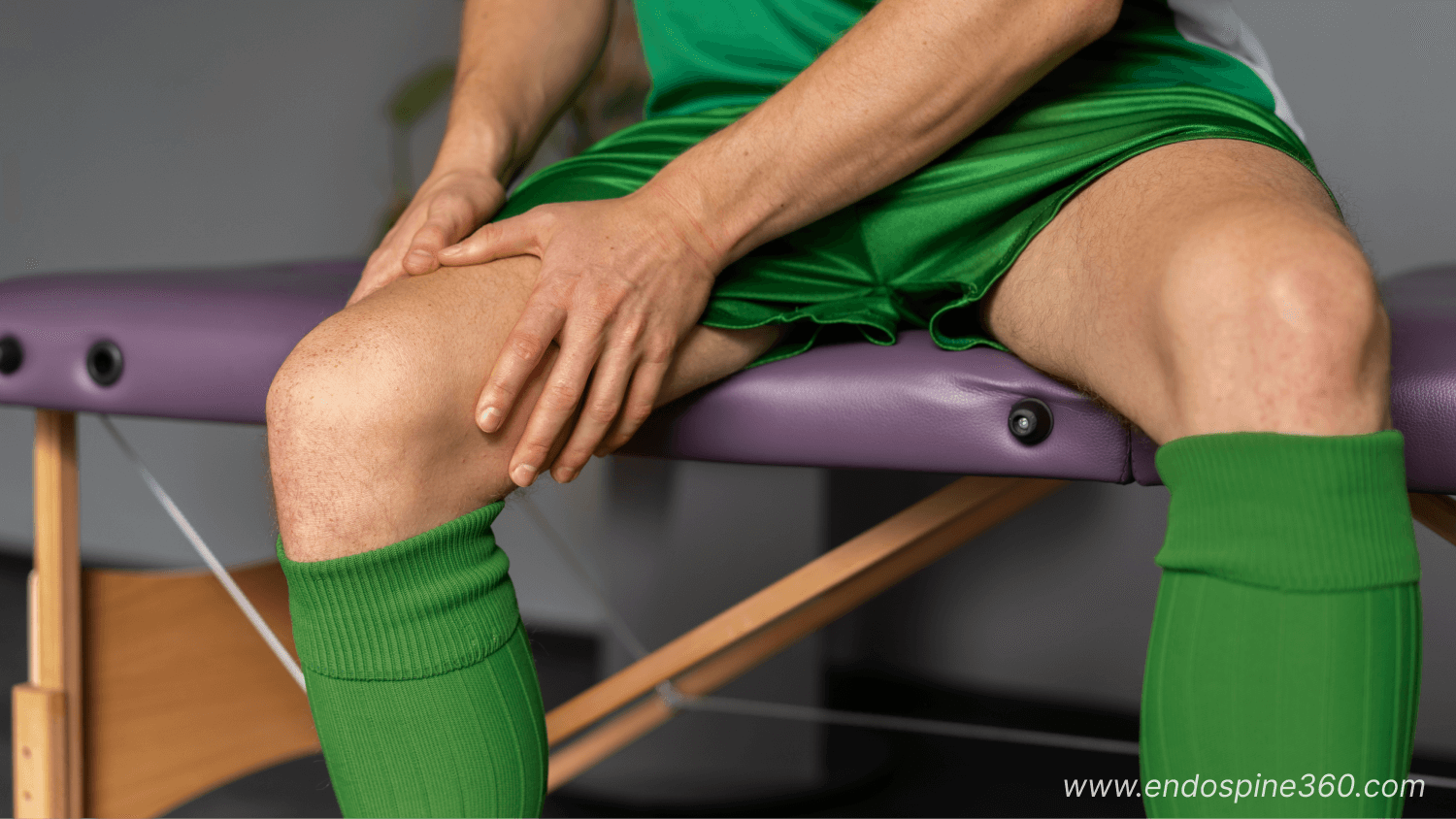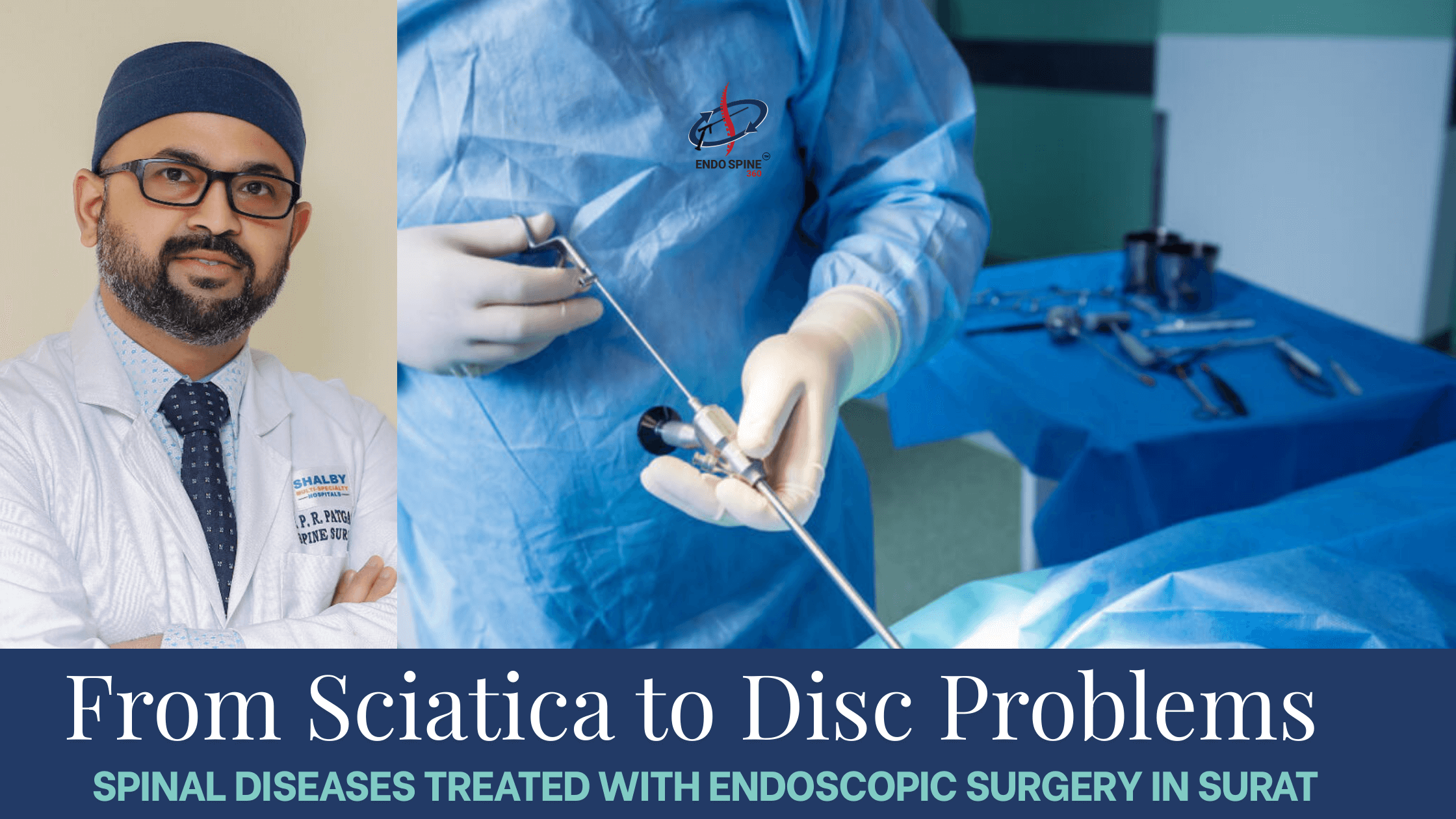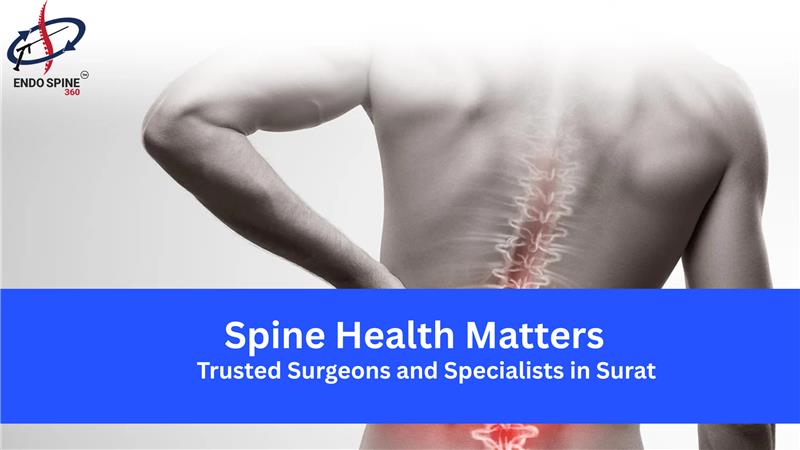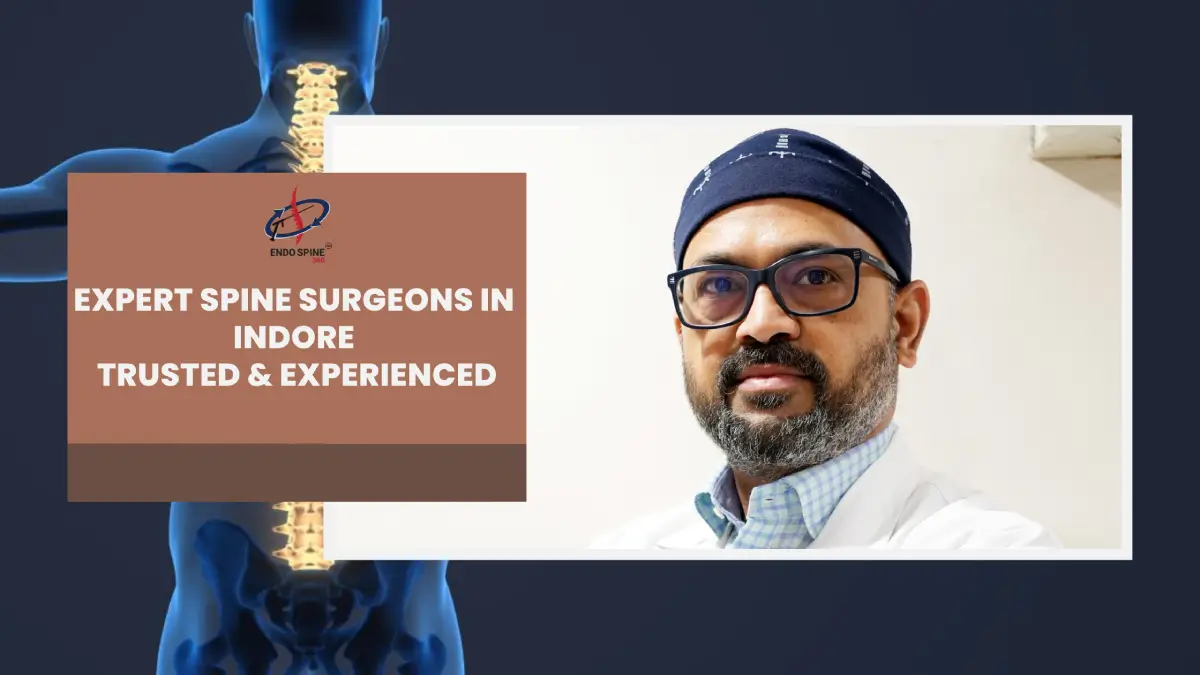Spinal Stenosis: Diagnosis, Treatment, and Steps to Take
- Endospine360
If you are feeling pain, numbness, weakness, cramping in your legs, and other neurological symptoms, spinal stenosis might be the cause according to Dr Prasad Patgaonkar. Spinal stenosis is a common condition that affects the spinal canal, causing narrowing and compression of the spinal cord and nerves. If you suspect have been recently diagnosed with Spinal Stenosis, it's important to understand the problem, its treatment options, and the necessary steps you need to take to manage it effectively.
Stenosis can be in different areas like in the neck, or cervical spine, tingling in the hand is a very common sign.
It can be in the lower back, in this case, you may feel pain or cramping in one or both legs when standing or walking.
Diagnosis
Diagnosing spinal stenosis commonly involves a thorough evaluation by your spine consultant. He/she will generally start by taking your medical history, asking about your symptoms, and conducting a physical examination. To gain a clearer understanding of your condition, imaging tests like X-rays, magnetic resonance imaging (MRI), or computed tomography (CT) scans may be performed. These tests help visualize the spine and identify any signs of structural abnormalities or narrowing of the spinal canal, which are indicative of spinal stenosis.
In certain cases, additional diagnostic procedures may be employed by doctors to further evaluate spinal stenosis. One such method is a myelogram, where a liquid dye is injected into the spinal column to enhance the visualization of the spinal canal and any potential abnormalities.
Who Gets Spinal Stenosis?
Anyone can get spinal stenosis, but it is more commonly observed in older adults. It can be found in younger people who are born with a narrow spinal canal. As we age, the natural wear and tear on the spine can lead to the development of spinal stenosis. Age, spinal injury, genetics, and lifestyle can cause Spinal Stenosis.
Symptoms

Spinal stenosis can cause a variety of signs. The specific symptoms can vary depending on the location and severity of the spinal stenosis. Here are some common symptoms associated with spinal stenosis:
- Lower back pain.
- Neck pain.
- Numbness or cramping in the legs and feet.
- Burning pain that radiates down the buttocks.
- Numbness or tingling that radiates down the arms into the hands.
- Difficulty in balance or coordination
- Bowel or bladder dysfunction
Treatment Options
The treatment approach for spinal stenosis may vary depending on symptoms and their severity and their impact on your daily life. Once your doctor has diagnosed spinal stenosis as the underlying cause of problems, initial treatment recommendations will typically focus on conservative measures aimed at providing relief. These non-surgical strategies may include:
- Over-the-counter pain killers
- Anti-inflammatory drugs
- Epidural cortisone injections
- Prescribed exercises
- Assistive devices like braces, canes, or walkers
Surgery is sometimes needed for spinal stenosis, especially if symptoms get in the way of walking and when there is a risk of long-term nerve damage or disability. Even if it’s needed, surgery can often be done using minimally invasive techniques that boast a quicker recovery.
Endospine360 is at the forefront of providing comprehensive treatment for spinal stenosis in India. With a focus on minimally invasive techniques and advanced technology, Endospine360 offers innovative solutions to effectively manage and treat this condition. The expert team of spine specialists and surgeons at Endospine360 utilizes a multidisciplinary approach to ensure the best possible outcomes for patients.
Search
Categories
Popular Tags
Recent Post
-
From sciatica to disc problems: spinal diseases treated with endoscopic surgery in surat

Spine pain can quietly affect every part of your life—from walking and...
Read more -
Top spine hospitals in surat offering endoscopic & minimally invasive surgery

Back and spine problems can affect your daily activities, mobility, an...
Read more -
Spine health matters: trusted surgeons and specialists in surat

Your spine plays a vital role in supporting your body, enabling moveme...
Read more -
Back pain solutions in indore: meet the leading specialists & consultants

Back pain is one of the most common health issues today, affecting peo...
Read more



